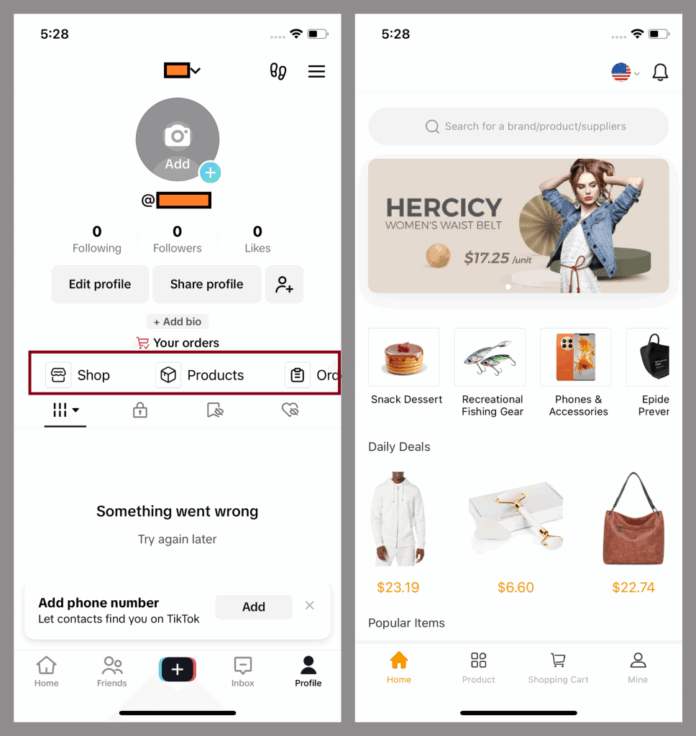In the ever-evolving world of cybersecurity threats, a new malware has emerged, posing a significant risk to smartphone users. Meet SparkKitty, the “little brother” of SparkCat, a Trojan-stealer that compromises photos stored on smartphones.
Oladimeji Ibrahim Alabi, a cybersecurity expert from Digital Safety Network Society, said, SparkKitty is a serious threat that can have devastating consequences for individuals and organisations alike.”
SparkKitty is a sneaky malware that disguises itself within seemingly harmless apps on Google Play and the App Store, making it hard for users to detect. Once these apps are installed on a device, SparkKitty starts uploading all the photos stored on the device to its own servers.
This includes sensitive screenshots that may contain important information, such as passwords or confidential data. As a result, users are exposed to significant risks, including identity theft, financial loss, and damage to their reputation. Essentially, SparkKitty’s ability to hide in plain sight and exploit user data poses a significant threat to device security and personal information.
The risks posed by malware are real and concerning. Alarming statistics from a recent report indicate that over 70% of mobile devices are vulnerable to malware attacks, leaving a substantial majority of users at risk. What’s even more troubling is that many individuals are unaware of the potential dangers lurking in the digital landscape.
According to Oladimeji, the common misconception that hackers are merely after trivial data, such as cat pictures, is far from the truth. In reality, hackers can exploit sensitive information to gain unauthorised access to far more critical data, including financial information, personal identifiable information, and other sensitive details.
This can lead to severe consequences, including financial loss, identity theft, and reputational damage, underscoring the importance of taking proactive measures to protect mobile devices from malware threats.
To stay safe from SparkKitty and other malware threats, users need to be proactive. According to Oladimeji, several best practices can help protect devices and sensitive data. Firstly, it’s essential to store private photos in encrypted storage, using a reputable password manager.
This adds an extra layer of security, making it harder for hackers to access sensitive information. Secondly, regular device scans are crucial, and users should utilise reliable antivirus software to detect threats on Android devices and block unauthorised photo transfers on iOS devices.
Finally, users should exercise caution when downloading apps, only installing them from trusted sources and carefully reading reviews before proceeding.
Cybersecurity awareness plays a vital role in today’s digital world. It is essential to be aware of the risks associated with cyber threats, enabling users to take proactive steps in protecting themselves. By staying informed about potential dangers and adopting best practices, individuals can significantly reduce their vulnerability to malware attacks.
This awareness enables users to make informed decisions about their digital activities, understand the importance of security measures, and take necessary precautions to safeguard their personal data. Ultimately, prioritising cybersecurity awareness empowers individuals to navigate the digital landscape with confidence, minimising the risk of falling prey to malicious activities and ensuring a safer online experience.
SparkKitty is a significant threat to smartphone users, and it’s crucial to take proactive steps to protect your device and personal data. To stay safe, it’s essential to invest in reliable cybersecurity software that can provide an extra layer of defence against malicious activities.
Another cybersecurity expert emphasises the importance of being cautious and prepared, noting that it’s always better to err on the side of caution when it comes to cybersecurity.
This means being mindful of potential threats and taking steps to mitigate risks, such as using strong passwords, keeping software up to date, and exercising caution when downloading apps. By taking these precautions, smartphone users can significantly reduce the risk of falling victim to SparkKitty and other cyber threats.
Funminiyi B. Philips is a cybersecurity enthusiast. He can be reached via LinkedIn.




